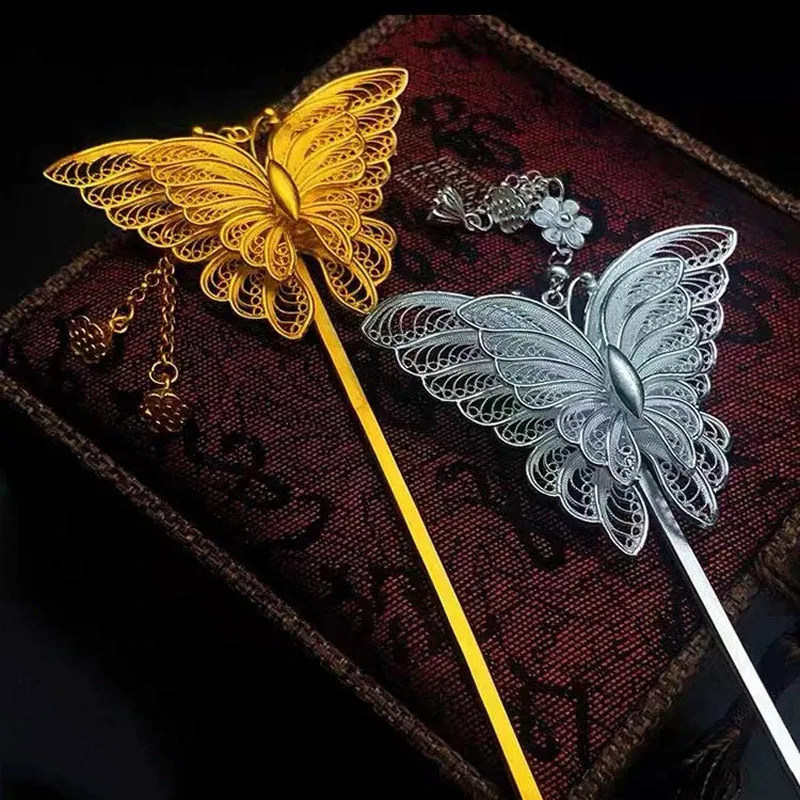











Creation of Filigree Inlay is Fiddly, But a Worth
Filigree inlay metal art is a traditional Chinese handicraft, and it’s also a national intangible cultural heritage.
According to archaeological findings, the Filigree Inlay can be traced back to as early as the Shang Dynasty. During the Spring and Autumn Period and the Warring States Period, artisans began to roll gold and silver into threads and inlay it on bronze ware, commonly known as "metal inlay". The Filigree Inlay art flourished in the Han and Tang dynasties and reached its peak in the Ming and Qing Dynasties.
It takes an eight-step process to make it: pinching, filling, saving, welding, stacking, piling, weaving and knitting. The filigree is actually made of a silver wire twisted into two strands, and then twisted into a twisted silver wire. The process is very complicated. To get just one piece of a very good thing, at every single step you really need to be careful, precise and do your best.
Nowadays, the craft skill of Filigree Inlay is mainly seen in Chengdu and Beijing, especially in Beijing, where the skill of the art has the most complete range.
The Filigree Inlay today is no longer confined to the traditional ways but has greater developments and changes as compared to the past. But what remains unchanged is that this art still carries people's expectations and wishes for a better life.
We hope that this art could go from China to the world for a better future and development.
